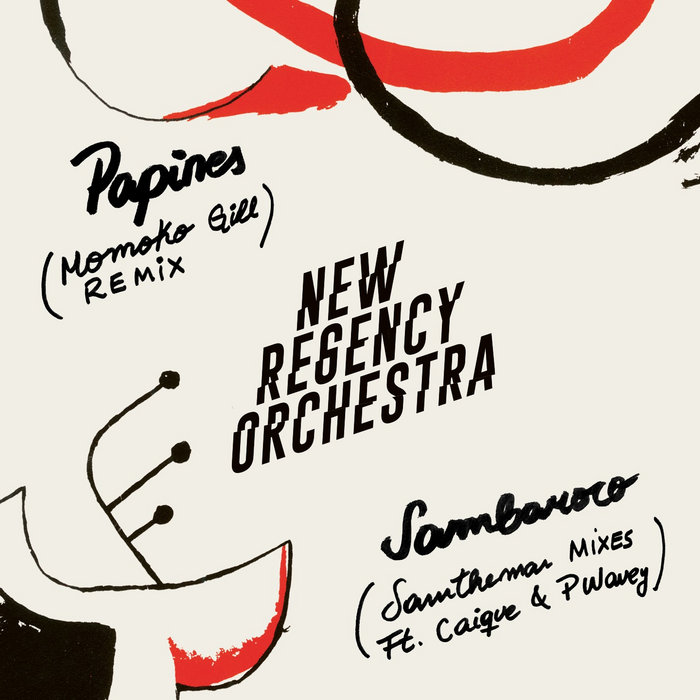
Para Los Papines (Momoko Gill Remix) – New Regency Orchestra
this blog is GROOVY – check out great Soul, Funk, Jazz, Hip Hop, Bass, Breaks , Reggae, House n many more TUNES
Hey there, rhythm junkies! Let’s take a laid-back stroll through the fabulous world of percussion. You know, that heart-thumping backbone of all your favorite tracks? We’re diving into its history, funky facts, and those hilarious moments that make every musician a little more human.
Percussion instruments are some of the oldest in human history. Picture this: prehistoric folks banging on rocks and logs to communicate—or maybe just to express their joy after a successful mammoth hunt. Fast forward thousands of years, and we’ve got everything from claps to complex drum kits!
Ancient Times: In ancient civilizations like Egypt and Mesopotamia, drums were used in ceremonies and rituals. Think “The Lion King” but with less CGI—more actual lions.
Cultural Mashups: Cultures everywhere created unique percussion instruments. From African djembe drums to Indonesian gamelans, each style brings its own flavor—a global buffet where everyone can groove!
Classical Influence: Even classical composers recognized the power of rhythm! Tchaikovsky threw down some sick beats in his ballets while Stravinsky made our jaws drop with “The Rite of Spring” (1913) when people literally rioted during its premiere.
As we move into different eras:
In the 1920s and 30s, jazz emerged as a rebellious sound drenched in improvisation—where drums took center stage.
Funny Fact #1: Buddy Rich was known for his insane speed but would sometimes challenge fellow musicians mid-gig by playing ridiculously fast rhythms just to mess with them—like musical pranks at 200 BPM!
The snare drum became essential for keeping time—and remember those big band drummers like Gene Krupa who could get an entire audience on their feet just by shining up that shiny kit?
By the ’50s and ’60s, rock music exploded onto the scene.
Ringo Starr hit it big with The Beatles—he played simple yet catchy rhythms that you’d find yourself humming while washing dishes!
Funny Fact #2: Did you know Ringo had his fair share of mishaps on stage? Once he accidentally played “Dah-Dah-Dah” instead of “Doo-Wop!” Can you imagine?
Percussions influenced countless genres—from hard-hitting rock (think Keith Moon smashing cymbals) to soft ballads (who hasn’t swayed along to Phil Collins’ beats?).
In recent decades, fusion has become all the rage! Different cultures blend together like ingredients in a killer recipe.
Drummers started incorporating instruments from various traditions; enter electronic pads alongside bongo drums—it’s like each beat is saying “Let’s party!”
Funny Fact #3: Some modern drummers have taken it too far; one guy decided to use kitchen utensils for his set—a whisk here, a frying pan there—you can bet dinner was late!
Let’s talk about some legendary figures who rocked our world with their sticks:
Stewart Copeland (The Police): Known for his eclectic styles ranging from reggae grooves to punk energy.
Zoro, aka Zorina Sweeney put out hip-hop beats so fire they might start an actual dance-off if caught next door!
Micky Dolenz, drummer for The Monkees:
So there you have it—the rich tapestry woven together by performers hitting things together since time immemorial! Remember though:
And don’t shy away from trying new sounds or even having fun mishaps—you never know what magical moment might come out unexpectedly.
Lastly…
Keep grooving; keep smiling; let rhythm guide your life! So grab something nearby—a table or even your thighs—and give us all a clap… because percussion isn’t just about stuff making noise; it’s about expressing who we are through heartbeats shared across space-time itself!! 🥁✨

Para Los Papines (Momoko Gill Remix) – New Regency Orchestra
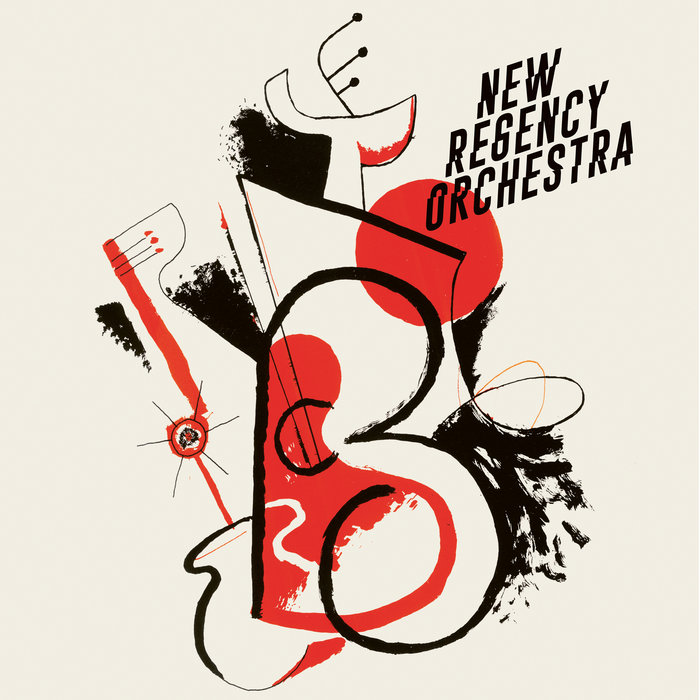
Sambaroco – New Regency Orchestra
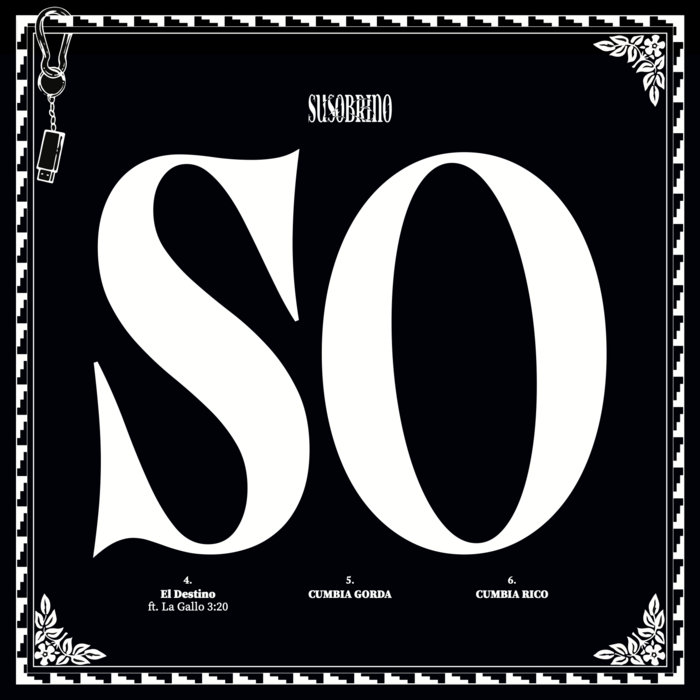
El Destino – Susobrino, La Gallo 3:20
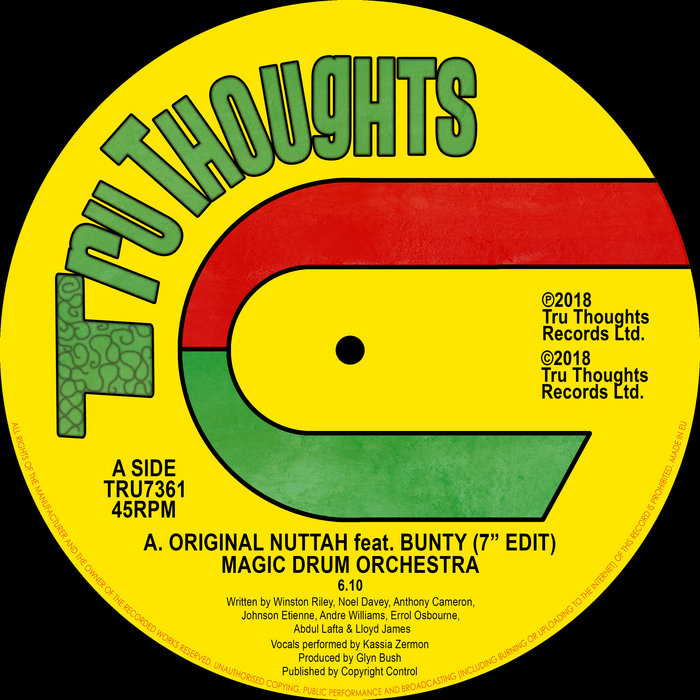
Magic Drum Orchestra – Original Nuttah feat. Bunty [7" Edit] / Dread Nourishment – Magic Drum Orchestra

Bongohead – The Bongolian
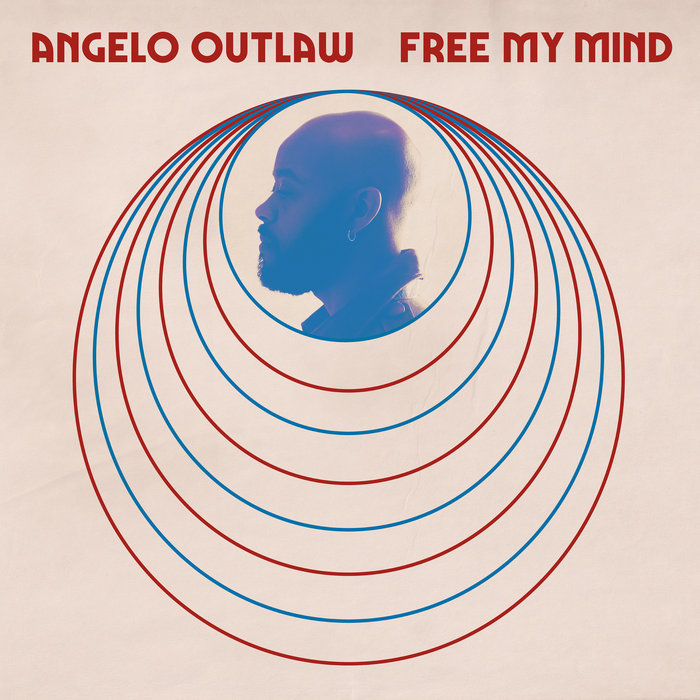
Free My Mind – Angelo Outlaw

T-U-V – Group Climate

Aretha Franklin – Respect (Raw-Artes Edit) – Raw-Artes